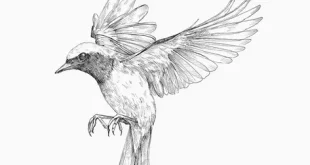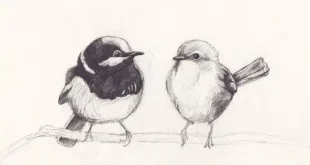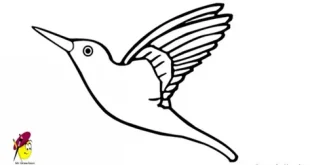1. The Remarkable : Kakapo Bird Nature’s Nocturnal Treasures.
2. Unique Appearance and Characteristics of Kakapo Birds
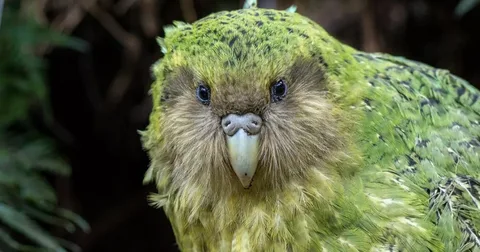
Kakapo Bird are fascinating, flightless parrots that originate from the lush forests of New Zealand. They are renowned for their mossy green plumage, which blends beautifully with their natural environment, providing essential camouflage. These remarkable creatures are the heaviest parrots in the world, often weighing more than several household cats. Their nocturnal habits make them most active during the night, where they forage for food and explore their surroundings. Possessing a distinct facial disc of feathers, they resemble owls, leading to their nickname “owl parrots” in some communities. Unlike most parrots, they have strong legs rather than strong wings, enabling them to climb trees effectively. Their wings, though not suitable for flight, help with balance and controlled descents. Kakapo Bird truly an exceptional species with distinctive traits setting them apart from nearly every other bird on Earth.
3. Habitat and Natural Environment in New Zealand
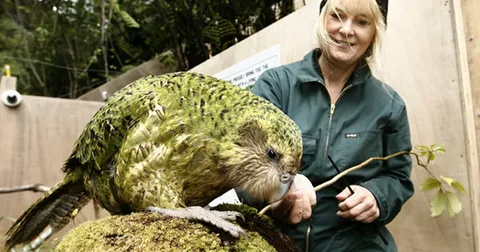
The habitat of Kakapo Bird is deeply tied to the untouched forests and rugged landscapes of New Zealand. Historically, they thrived across both islands, living in dense woodland, scrubland, and coastal regions filled with diverse vegetation. Their preferred environments include areas rich with native plants that provide them both shelter and consistent sources of food. With no natural mammalian predators originally, they flourished freely, occupying various ecological niches in harmony with the local environment. However, as human settlers introduced predators like cats, stoats, and rats, their habitats became increasingly dangerous. To combat this, conservationists relocated them to predator-free islands, carefully monitored for sustainability. These islands now serve as sanctuaries, where researchers and volunteers ensure the species’ survival. The connection between Kakapo birds and their habitats highlights the importance of preserving pristine ecosystems for the balance of global biodiversity and ecological heritage.
4. Diet and Feeding Habits of Kakapo Bird
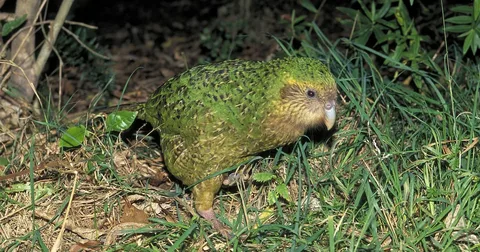
Kakapo birds primarily consists of a wide variety of native plants, fruits, seeds, and leaves. They are strict herbivores, displaying unusual eating habits compared to other parrot species commonly found across the world. These birds often chew plant material thoroughly, swallowing nutritious juices while discarding fibrous remains afterward. Their unique feeding style helps disperse seeds, making them vital contributors to forest regeneration and plant diversity. During certain seasons, specific plants like rimu fruits become essential to their breeding cycles and overall population health. The dependence on limited seasonal food sources creates challenges for survival, especially when resources become scarce within isolated habitats. Conservation programs now include supplementary feeding with carefully chosen foods to ensure their health remains strong. Understanding their diet not only supports conservation efforts but also deepens appreciation for their ecological role within fragile island ecosystems.
5. Kakapo Bird Reproduction and Breeding Challenges
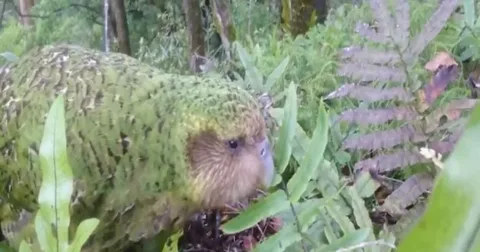
Reproduction among Kakapo birds is an extraordinary process that sets them apart from other avian species worldwide. Unlike most parrots, they employ a lek breeding system, where males gather to compete for female attention. Males produce deep resonant booming calls, which can carry several kilometers through the forest during mating season. These calls create distinct soundtracks at night, guiding females toward suitable partners within their local habitats. Unfortunately, females do not breed annually, but instead rely on specific food availability, particularly rimu fruit abundance. This irregular cycle results in fewer opportunities for population growth, making conservation even more challenging. Eggs are usually laid in secluded ground nests, often vulnerable to predators without human intervention. Carefully managed breeding programs are essential to support population recovery, involving both monitoring and artificial insemination when necessary. These efforts are crucial for securing the species’ future in protected environments.
6. Kakapo Birds Conservation Efforts and Human Involvement
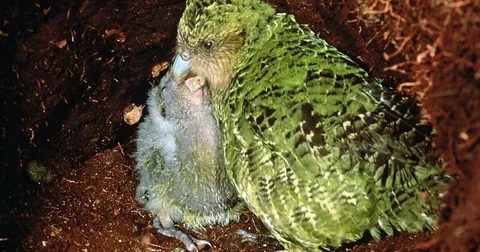
The story of Kakapo birds is an inspiring example of human dedication to reversing the decline of endangered species. Once numbering only around fifty individuals, their population is slowly increasing thanks to dedicated conservation programs. Organizations like New Zealand’s Department of Conservation have established predator-free sanctuaries specifically designed to protect vulnerable birds. Volunteers and scientists carefully track each bird using radio transmitters, ensuring constant observation of health and movements. Supplementary feeding programs provide essential nutrients, supporting breeding success and overall vitality throughout seasonal changes. Breeding interventions, artificial incubation, and chick hand-rearing have all significantly contributed to recent population growth. Public awareness campaigns also highlight the importance of biodiversity conservation, drawing global attention to the species’ plight. Their recovery symbolizes how concerted human actions can bring remarkable changes to the fate of endangered wildlife. Kakapo Birds survival of these parrots inspires greater responsibility toward preserving global ecosystems and rare species.
 Birds Drawing Birds Drawing
Birds Drawing Birds Drawing

